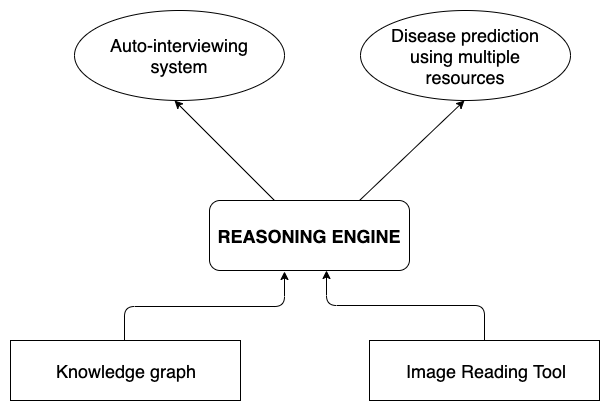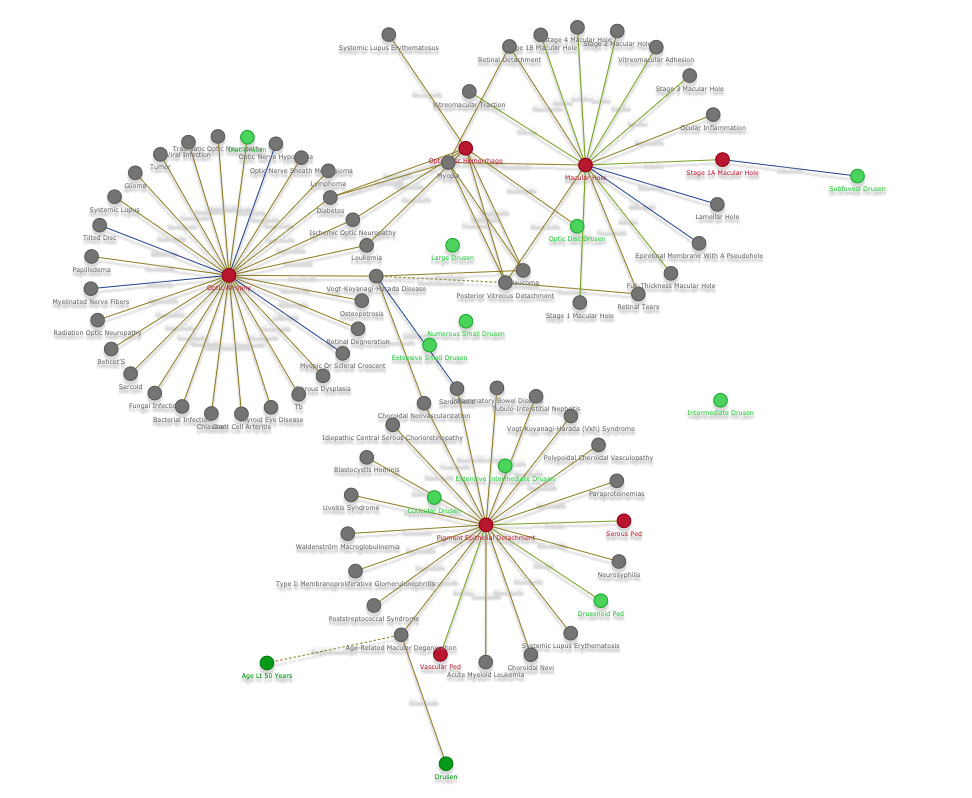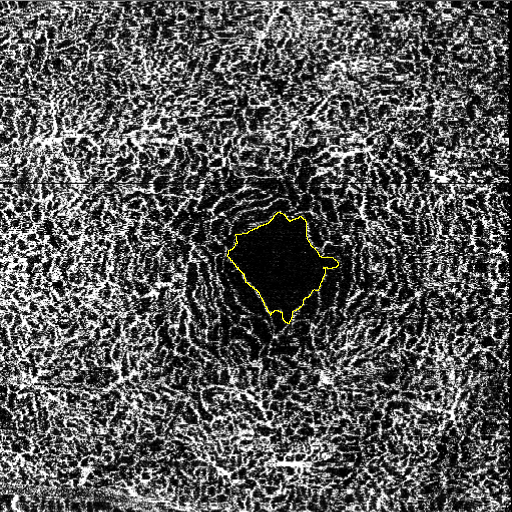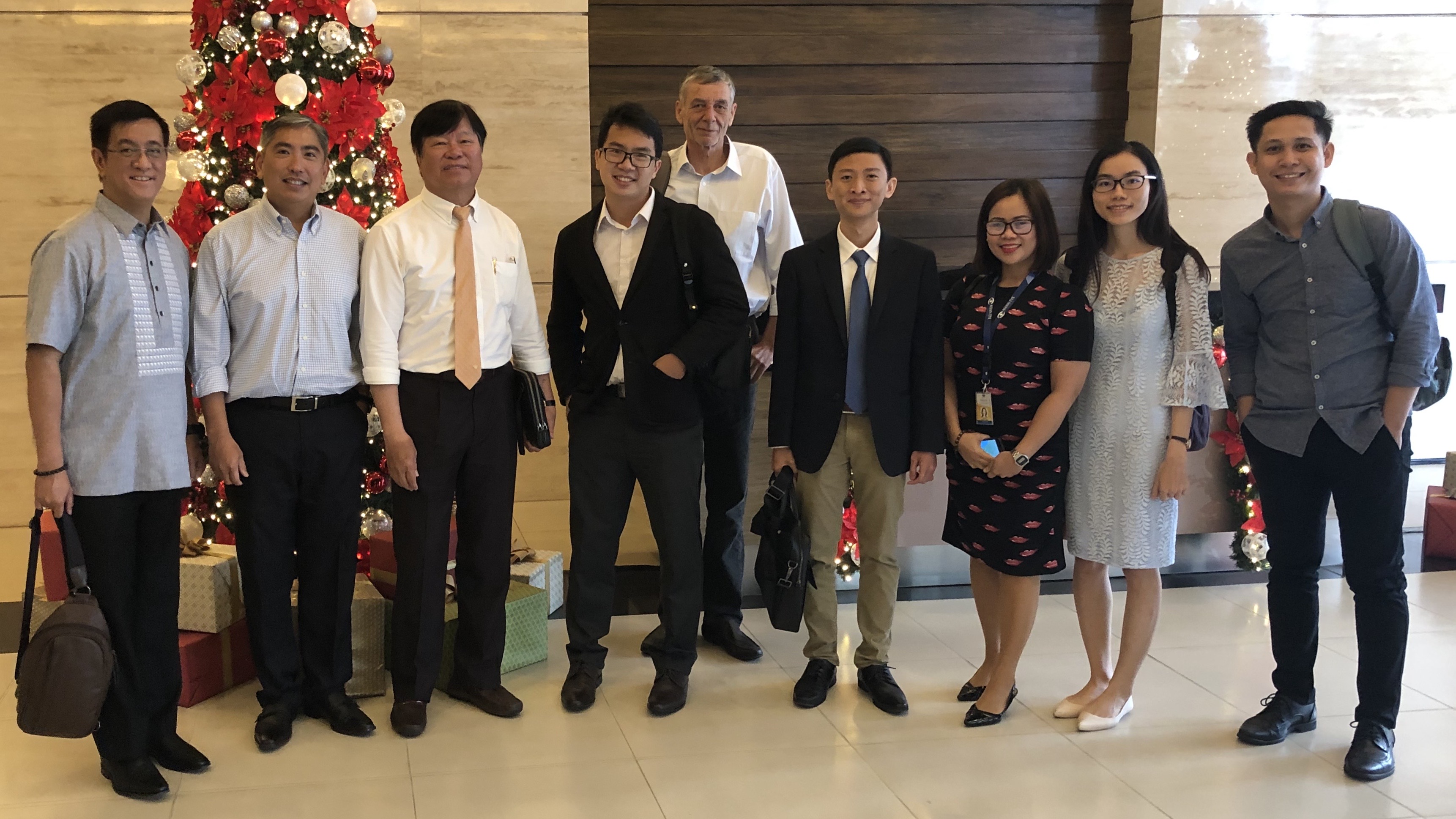Reasoning Engine - Building Explainable AI for Ophthalmology
Hoa Nguyen, Quang Nguyen
There are a variety of problems in ophthalmology that need to be addressed in order to boost the performance of healthcare practitioners and improve patients’ satisfaction. These problems include:
- Doctors have to ask a lot of repetitive questions during a day to interview the patients.
- Junior doctors lack experience, resulting in mistaken diagnosis.
- Nurses do not input enough medical information of patients into Electronic Medical Records (EMR), leading to the absence of necessary data to follow up the patients.
- Traditional medical form contains a lot of questions that are not relevant to patients’ condition.
- Patients in remote areas hardly access to the high-quality service in Ophthalmology
A solution for the aforementioned issues is an AI-assisted diagnosis system that is capable of auto-interviewing patients to collect data, yielding the accurate diagnosis, and reasoning the answer. Regarding ophthalmologists, the system will serve them patients’ preliminary answers so that they just need to ask a few questions for elaboration if necessary. Also, doctors can double check their diagnosis, the junior can improve their diagnosing skills thanks to the reasoning features. Additionally, nurses will be assisted in data entry and patients will be asked the relevant questions to their conditions. Ultimately, the AI-assisted diagnosis system will be the core for the satellite clinics in remote regions to make high-quality healthcare service more accessible for patients in these areas.

To build such a system, all the components that ophthalmologists use for decision making should be taken into consideration. These components are patients’ input (history, chief complaints), doctors’ observations (signs), parameters from device (intraocular pressure, visual acuity, etc.), and images (FO, OCT, FA, etc.). This requires the integration of an image reading tool that finds abnormals on images, and a knowledge base that captures the relationships between all components with ocular diseases.
In the Reasoning Lab, A2DS Inc., we incorporate lastest techniques of Machine Learning to achieve this engine. The engineering team works closely with ophthalmologists to transfer the field's knowledge into the system. The knowledge acquisition process is carefully designed and rigorously followed to ensure the highest quality of the knowledge extracted.

Watch our demo version


